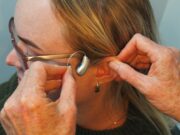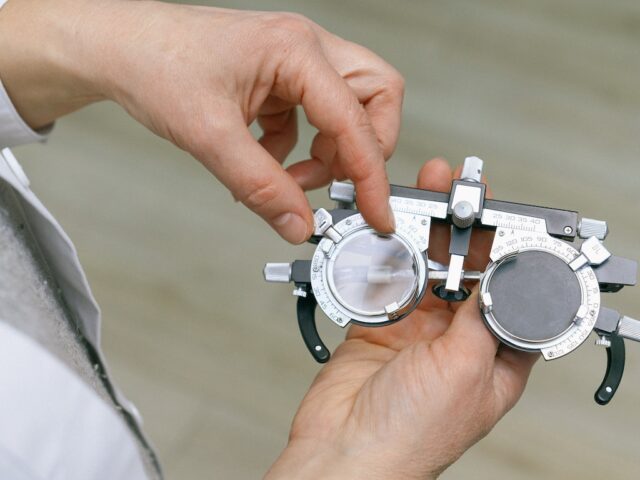A number of eye problems need an ophthalmologist’s medical expertise and treatment plan. They, after all, have years of surgical and clinical training. However, there are certain eye problems that people can treat safely at home. Here are a few eye issues that respond well to home treatment.
Black Eye
Most times, a black eye can be treated at home. However, when accompanied by symptoms like blood in the eye, blurred vision, or an inability to move the eye, it’s important to see an ophthalmologist. To reduce some of the pain and swelling caused due to a simple black eye, apply an ice pack on the eye for about 15 to 20 minutes at a time every hour or so. If one doesn’t have access to an ice pack, use ice cubes wrapped in a piece of cloth or a bag of frozen vegetables. Make sure not to place raw meat on the eye.
Pink Eye/Conjunctivitis
Most cases of pink eye are caused due to a virus. The symptoms don’t typically respond to antibiotics. Viral conjunctivitis, in most cases, will disappear on its own. The discomfort caused by pink eye can be reduced by applying a cool compress to the eye every few hours. Further, follow these tips to avoid spreading the infection:
Don’t share cosmetics, handkerchiefs, or towels
Change pillowcases from time to time
Wash the hands often
Seasonal Eye Allergy
Just like nasal allergies, some people may also get eye allergies that leave the eyes itchy, red, and teary. Limiting one’s exposure to the source of the allergy, whether that is pets, mold, or pollen, can help relieve most of the symptoms. While an eye allergy usually lasts for the duration of the season, the symptoms can be eased.
If pollen is the culprit, make sure not to use a window fan since it can draw in more pollen into the house. Also, wear a good pair of sunglasses when stepping outside. If dust is the problem, use artificial tears, which help wash away allergens from the eyes. Also, use allergen-reducing covers on the bed and OTC antihistamine eye drops to ease the symptoms.































